Imagine standing by a serene riverbank, the sun casting a warm glow on the water's surface as you cast your line, waiting for that elusive tug. Mastering hand line fishing can be a vital skill in survival situations, offering a simple yet effective way to procure food when resources are scarce.
With the right techniques and a bit of patience, you can turn a basic fishing line into a lifeline. But how exactly can you guarantee success in this essential fishing method? Stay tuned to uncover the key strategies for mastering hand line fishing and increasing your chances of securing a meal in the wild.
Key Takeaways
- Hand line fishing is a vital survival skill with minimal equipment needs.
- Utilize essential knots and rigging techniques for successful fishing outcomes.
- Locate fish by observing water movement and structure, adjusting bait presentation.
- Prioritize safety measures and best practices for efficient hand line fishing.
Hand Line Fishing Basics
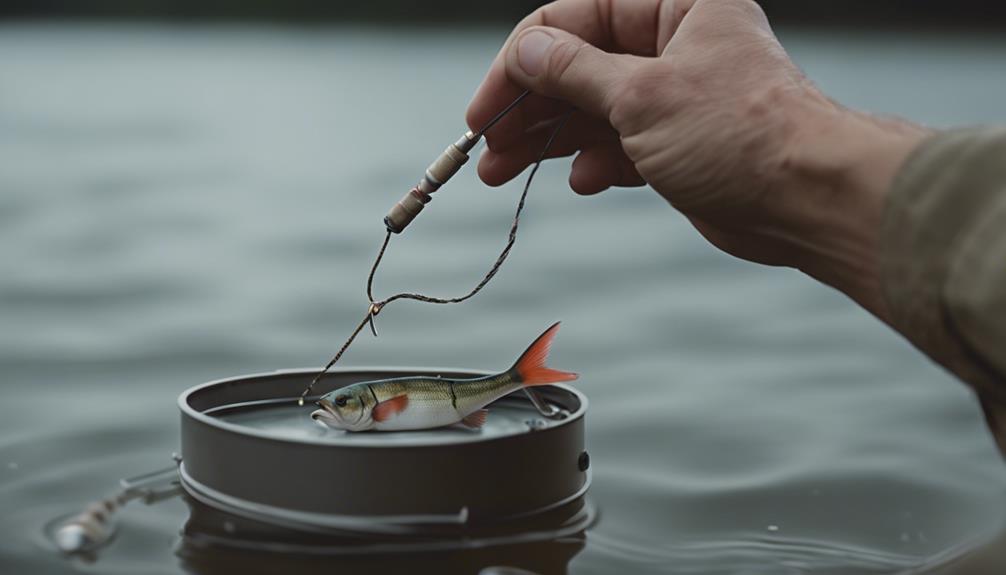
When starting with hand line fishing basics, remember to keep it simple and practical. Hand line fishing is an important skill for survival, offering a versatile and effective way to catch fish in emergencies.
With just a line, hook, and bait, you can turn to hand line fishing as a reliable food source in the wild. This method's adaptability allows you to fish from various locations, whether on shore, a boat, or even ice-covered waters.
Understanding the basics, such as selecting the right bait and mastering the technique of catching fish, enhances your chances of success when relying on hand line fishing for survival.
Essential Knots and Rigging
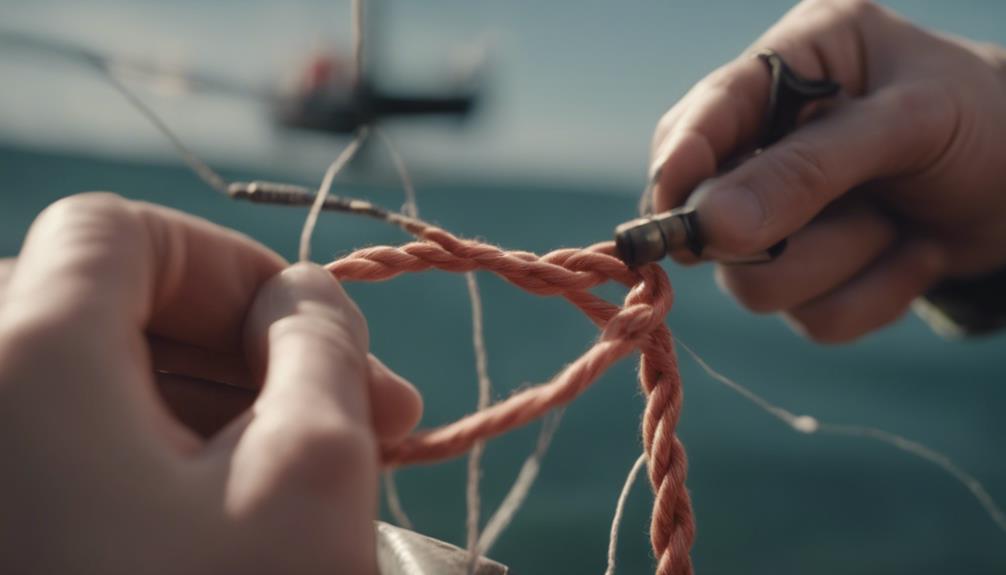
Mastering essential knots and rigging is important for successful hand line fishing in challenging environments. When preparing your hand line for survival situations, remember these key tips:
- Palomar Knot: Use this strong and reliable knot to secure hooks to your fishing line effectively.
- Dropper Loop Knot: Tie this knot to attach multiple hooks to the main line, increasing your chances of catching fish.
- Swivel Rigging: Prevent line twists and tangles by rigging your hand line with a swivel.
- Double Surgeon's Knot: Enhance strength by using this knot to connect the main line to leader lines or additional tackle.
Mastering these essential knots and rigging techniques will greatly improve your success in hand line fishing during survival situations.
Locating and Attracting Fish
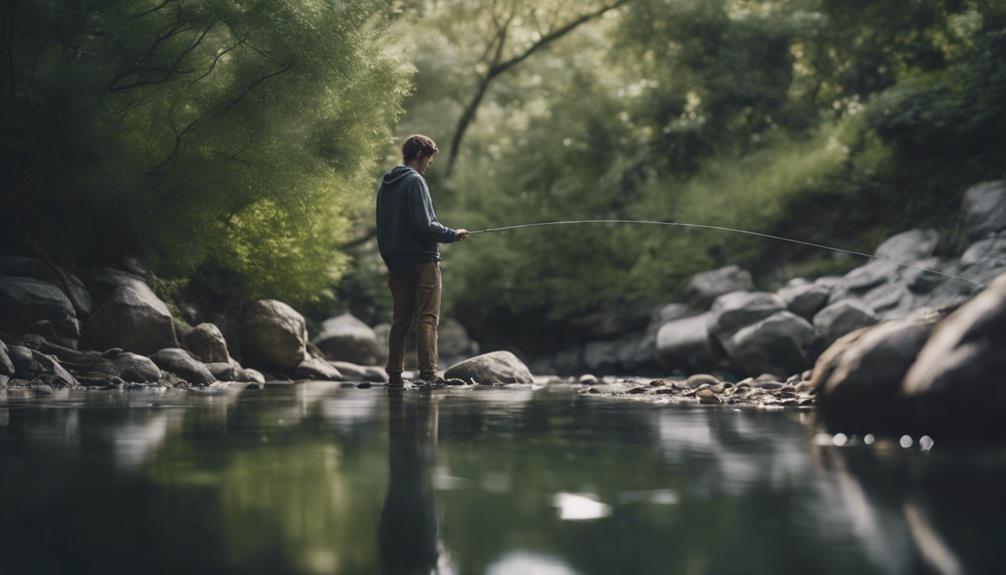
To locate and attract fish in survival situations, observe water movement, vegetation, and structure to identify potential feeding areas. Fish are often found near underwater structures or areas with cover.
Once you've identified a good spot, use natural bait like worms, insects, or small fish from your survival fishing kit to attract them. By understanding fish behavior, you can increase your chances of a successful catch.
Remember to adjust the depth of your hand line and experiment with bait presentations based on how the fish are responding. Creating movement in the water by gently twitching the line can mimic live prey and lure fish in.
With these basic fishing tips, you can effectively attract fish and improve your chances of securing food through hand line fishing.
Techniques for Catching Fish
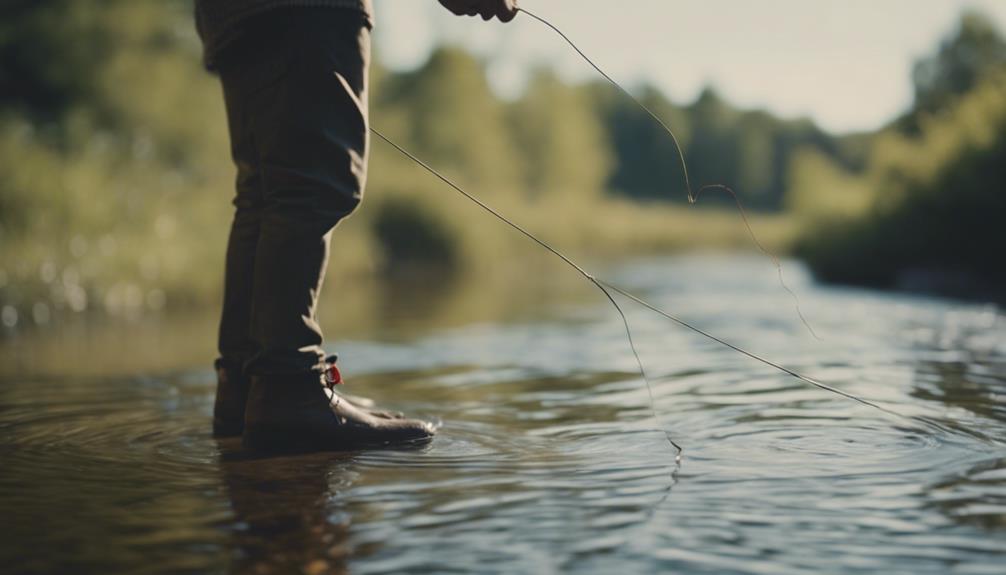
Observing fish behavior and adjusting your bait presentation are critical for effectively catching fish through hand line fishing. To maximize your chances of success in a survival scenario, consider the following techniques:
- Use Effective Bait: Experiment with natural resources like insects, worms, or small fish to attract a variety of fish species.
- Vary Bait Presentation: Change the depth and speed of your baited hooks attached to the line to entice different fish caught.
- Master Improvised Fishing: Learn to craft fishing gear from available materials to adapt to various environments.
- Secure Your Food: Practice essential fishing techniques to guarantee a reliable food source in survival situations.
Safety Tips and Best Practices
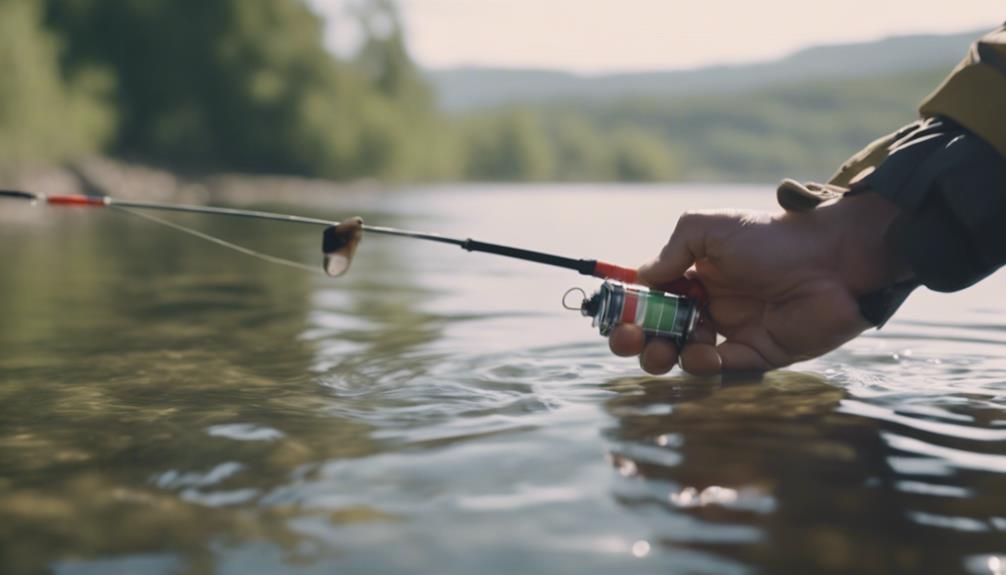
When hand line fishing in survival situations, it's essential to prioritize safety by wearing appropriate gear and regularly checking your equipment for any potential risks. Always have safety gear like gloves and eye protection on hand.
Check your hand line and hooks frequently to prevent accidents or breakage. Stay aware of your surroundings for any hazards while hand line fishing.
Practice proper hand line handling techniques to avoid injuries or entanglements. Keep a first aid kit nearby in case of any fishing-related injuries or emergencies.
Conclusion
So, now you know the basics of hand line fishing for survival.
Remember to practice your knots, be patient when looking for fish, and stay safe while fishing.
With these skills and techniques, you'll be better prepared to catch fish in challenging situations and increase your chances of securing a meal when it matters most.
Keep honing your hand line fishing skills and stay adaptable in any survival scenario.
Good luck out there!
👨👩👧👦 Dwight’s a married dad of 4 who loves to cast a line 🎣 into both fresh and salt waters. His heart belongs to his family and the sea. 🌊 #FamilyMan #FishingLife #DadOf4 🐟✨

